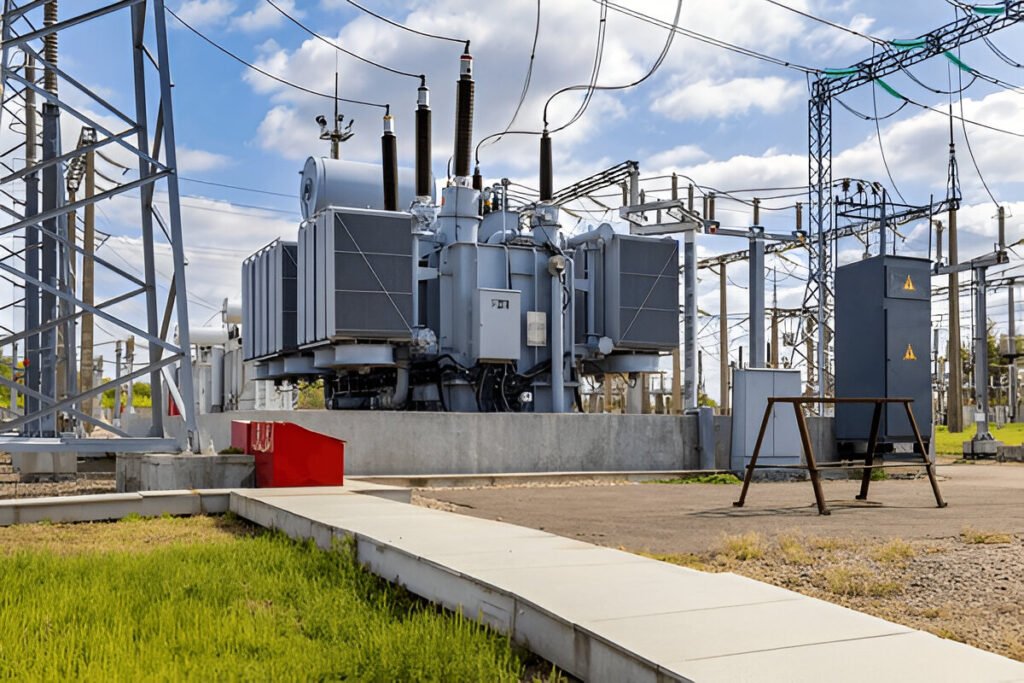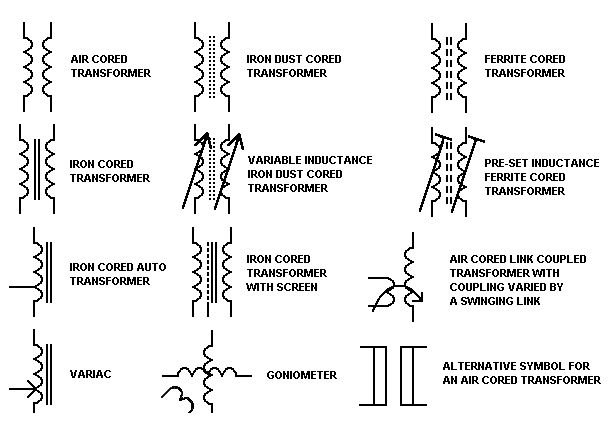How to Select Circuit Breaker for Transformer
Transformers are integral components in electrical systems, enabling voltage conversion and power distribution. Properly protecting transformers requires careful selection of circuit breakers that match the transformer’s characteristics and application requirements.
This article explores key factors to consider when choosing a circuit breaker for a transformer, including the transformer’s power rating, voltage levels, impedance, and inrush current. It also examines critical circuit breaker specifications such as rated voltage, current ratings, interrupting capacity, trip settings, and coordination with other protective devices.

Transformer characteristics affecting circuit breaker selection
Transformer power rating (kVA or MVA)
The power rating of the transformer, expressed in kilovolt-amperes (kVA) or megavolt-amperes (MVA), is a key factor in determining the required capacity of the circuit breaker. The circuit breaker must be capable of handling the full load current of the transformer under normal operating conditions.
Primary and secondary voltage levels
The primary and secondary voltage levels of the transformer influence the rated voltage of the circuit breaker. The circuit breaker’s rated voltage should be equal to or greater than the maximum system voltage at the point of installation to ensure proper insulation and prevent breakdown.
Transformer impedance
The impedance of the transformer affects the magnitude of fault currents that the circuit breaker may experience. A transformer with lower impedance will result in higher fault currents, requiring a circuit breaker with a higher short-circuit current interrupting capacity.
Inrush current during transformer energization
When a transformer is energized, it draws a high inrush current due to the magnetic flux buildup in the core. The circuit breaker must be capable of withstanding this inrush current without tripping unnecessarily. The inrush current can be several times the rated current of the transformer and may last for several seconds.
Circuit breaker characteristics to consider
Rated voltage
The rated voltage of the circuit breaker must be compatible with the system voltage at the point of installation. It should be equal to or greater than the maximum system voltage to ensure proper insulation and prevent dielectric breakdown.
Continuous current rating
The continuous current rating of the circuit breaker must be selected based on the full load current of the transformer. It should be equal to or greater than the transformer’s rated current to allow for continuous operation without overheating or tripping.
Short-circuit current interrupting capacity
The circuit breaker must have a sufficient short-circuit current interrupting capacity to safely clear faults that may occur in the system. The interrupting capacity should be determined based on the maximum available fault current at the point of installation, considering the transformer impedance and system characteristics.
Interrupting time
The interrupting time of the circuit breaker refers to the time required to clear a fault once it is detected. A faster interrupting time reduces the thermal and mechanical stresses on the system during a fault. The interrupting time should be coordinated with other protective devices in the system.
Trip settings and adjustability
Modern circuit breakers often have adjustable trip settings, such as overcurrent and time-delay settings. These settings should be carefully selected and coordinated with other protective devices in the system to ensure proper protection and selectivity. The trip settings should be based on the transformer characteristics, system requirements, and applicable standards.
Coordination with other protective devices
Relays
Protective relays, such as overcurrent, differential, and earth fault relays, are often used in conjunction with circuit breakers to provide comprehensive protection for transformers. The trip settings of the circuit breaker should be coordinated with the relay settings to ensure proper operation and avoid unwanted tripping.
Fuses
In some cases, fuses may be used in combination with circuit breakers to provide backup protection or to handle high fault currents. The characteristics of the fuses, such as their time-current curves and interrupting capacity, should be considered when coordinating with the circuit breaker.
Overcurrent protection
The overcurrent protection settings of the circuit breaker should be coordinated with upstream and downstream protective devices to ensure proper selectivity and minimize the impact of faults on the system. Time-current coordination studies are often performed to determine the optimal settings for each protective device.


